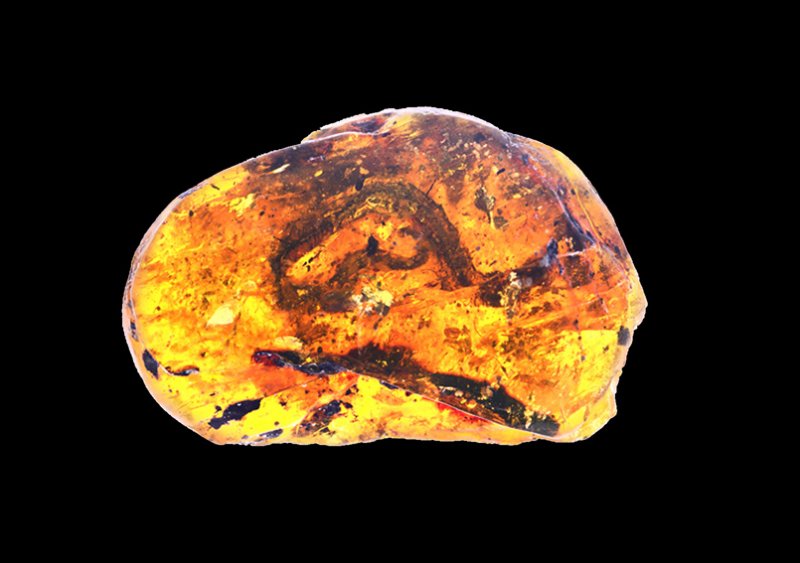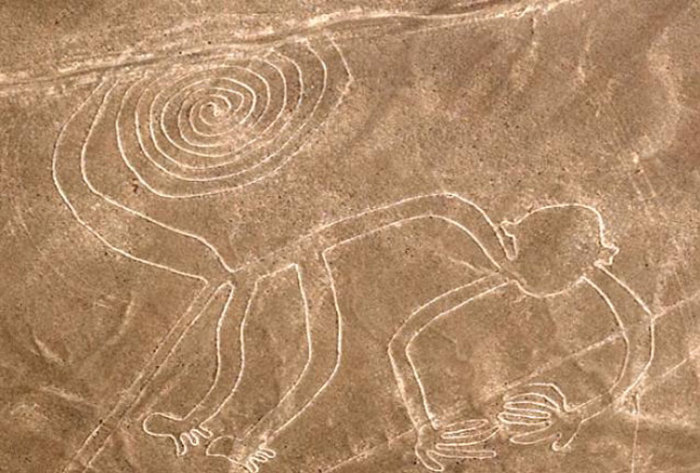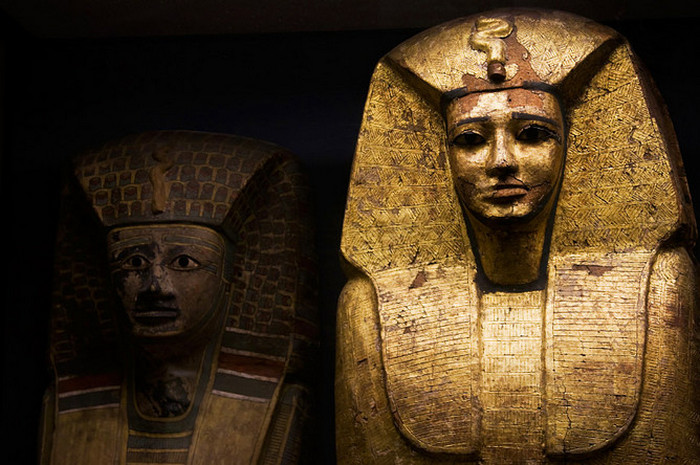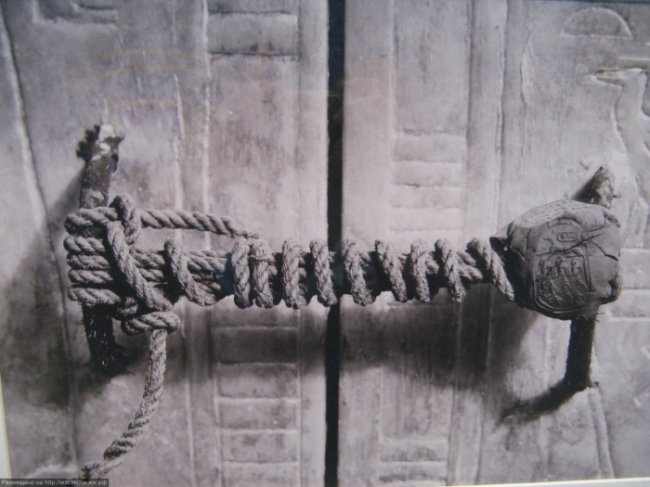The most amazing finds, which turned out to be dinosaurs: From the “little sparrows” to the ancient giants
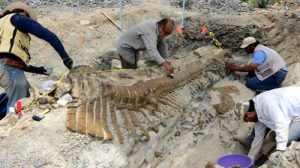 The theme of dinosaurs is popular at all times. Amazing prehistoric inhabitants of our planet are shrouded in a halo of mystery, because we are separated by tens of millions of years. And how great it is that paleontologists from time to time manage to find the remains of these mysterious creatures, recreate their appearance and show the world the diversity of their types! In our collection – some of the most interesting finds, allowing to stretch an invisible thread into the world of dinosaurs.
The theme of dinosaurs is popular at all times. Amazing prehistoric inhabitants of our planet are shrouded in a halo of mystery, because we are separated by tens of millions of years. And how great it is that paleontologists from time to time manage to find the remains of these mysterious creatures, recreate their appearance and show the world the diversity of their types! In our collection – some of the most interesting finds, allowing to stretch an invisible thread into the world of dinosaurs.
A lump of mud was a dinosaur
One of the most informative fossils found on Earth is the nodosaurus skeleton, with well-preserved skin and lamellar shell, found in Canada by excavator operator Shaun Funk. While working in one of the mines, the man saw in the ground a huge frozen clod of dirt, which weighed about one and a half kilograms and had an interesting patterned texture. He showed the find to archeological specialists, and they were delighted: this is nothing but the remains of a dinosaur!
According to paleontologists, the find is over a hundred million years old. Thanks to the found remains, scientists have recreated the look of a nodosaurus. Experts explain the ideal state of the skeleton with soft tissues by the fact that the dinosaur could be on the bottom of the ocean or the sea.
You can see the discovery itself in the Royal Tyrrell Museum of Paleontology of Canada.
According to scientists, nodozavry were large (up to several meters), their body was covered with a protective scaly shell, like armor.
Giant tail
Five years ago, the National Institute of Anthropology and History, together with the National Autonomous University of Mexico, presented to the world the skeleton of the hadrosaurus tail found by archaeologists in the Mexican Coahuila desert. The sensational discovery allowed researchers to learn more about these giant duck-billed dinosaurs that lived on Earth tens of millions of years ago. If we consider that the length of the found tail, consisting of 50 vertebrae – about five meters, it is easy to imagine how huge the whole hadrosaur was.
Presumably, the length of the prehistoric dinosaur with the tail was at least 10-11 meters, and it weighed more than three tons. Even more impressive is that, according to paleontologists, these giant lizards lived in packs and could develop a very high speed.
Cases of the discovery of such large integral fragments of prehistoric animals on Earth are extremely rare. In addition, the tail is perfectly preserved. For 20 days, scientists were able to carefully clean the ancient bones of sedimentary rocks without damaging the find.
Near the skeleton of the tail, archaeologists have discovered the femur and bones of other hadrosaurs.
By the way, the first hadrosaur skeleton on the planet was found in 1858, in New Jersey (USA). In general, the remains of this type of dinosaurs at different times, scientists are on all continents of the world, except Australia. In Russia, these lizards, too, were found. For example, in 1990, during the construction of a highway, a 600-meter-long piece of land containing tens of thousands of hadrosaur bones was discovered on Amur. Subsequently, the remains were extracted and carefully studied by Russian-Belgian researchers.
Fighters of the prehistoric front
In 1971, during an international expedition to Mongolia, paleontologists discovered the skeletons of two dinosaurs, presumably killed more than 70 million years ago during a duel. Velociraptor clutched the claws of his hind legs to the protoceraper’s neck, and he, in turn, tried to tear off his opponent’s paw and broke it.
Presumably, both opponents died from the fact that they were suddenly covered with a giant sand wave.
Meganahodka
Four years ago, an international group of paleontologists discovered in Argentina the remains of the largest dinosaur ever to exist on our planet. They were also recognized as the largest fossil found in the entire history of archeology and paleontology. The bones found were about 70% of the entire skeleton of a prehistoric animal.
